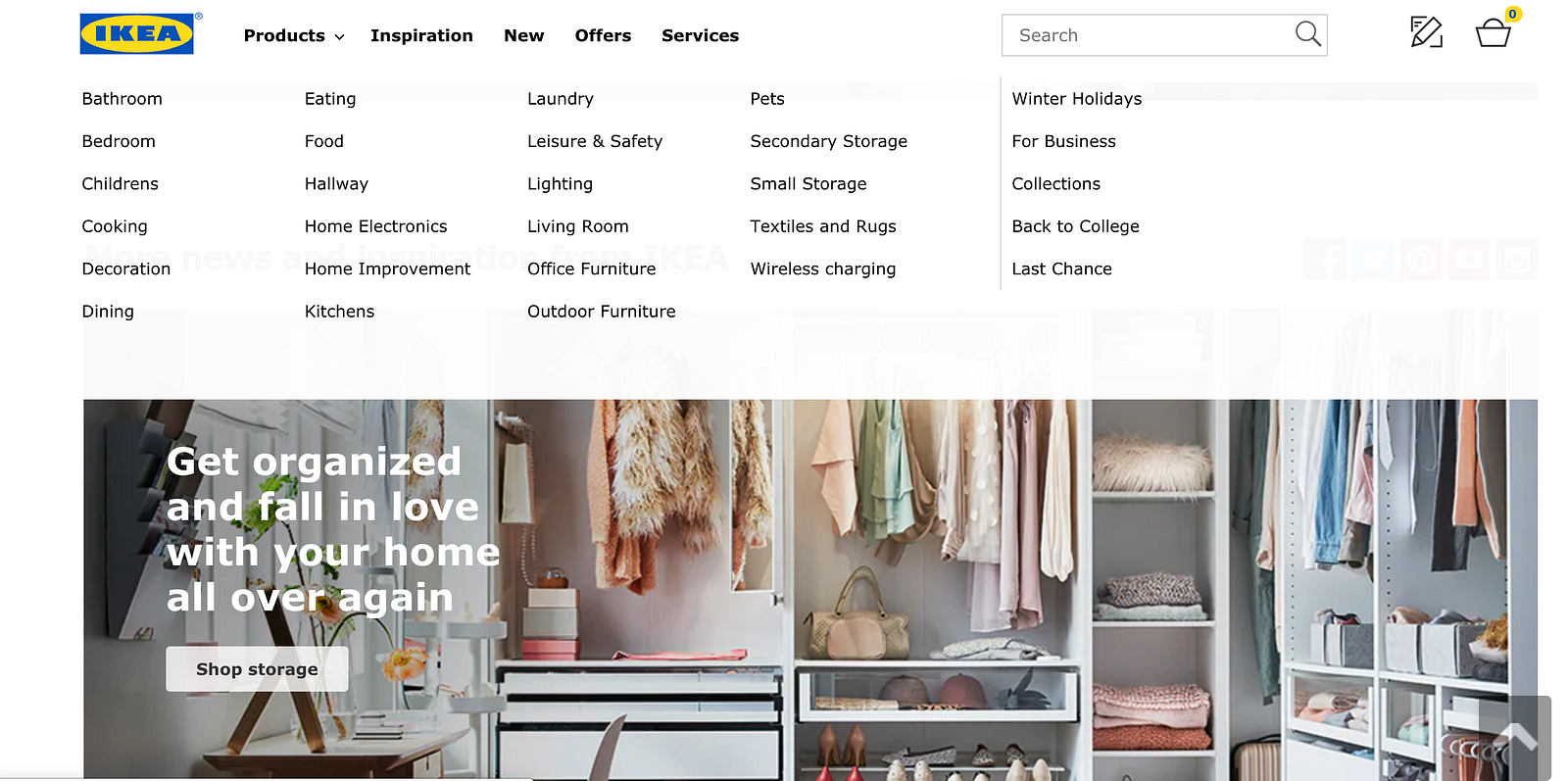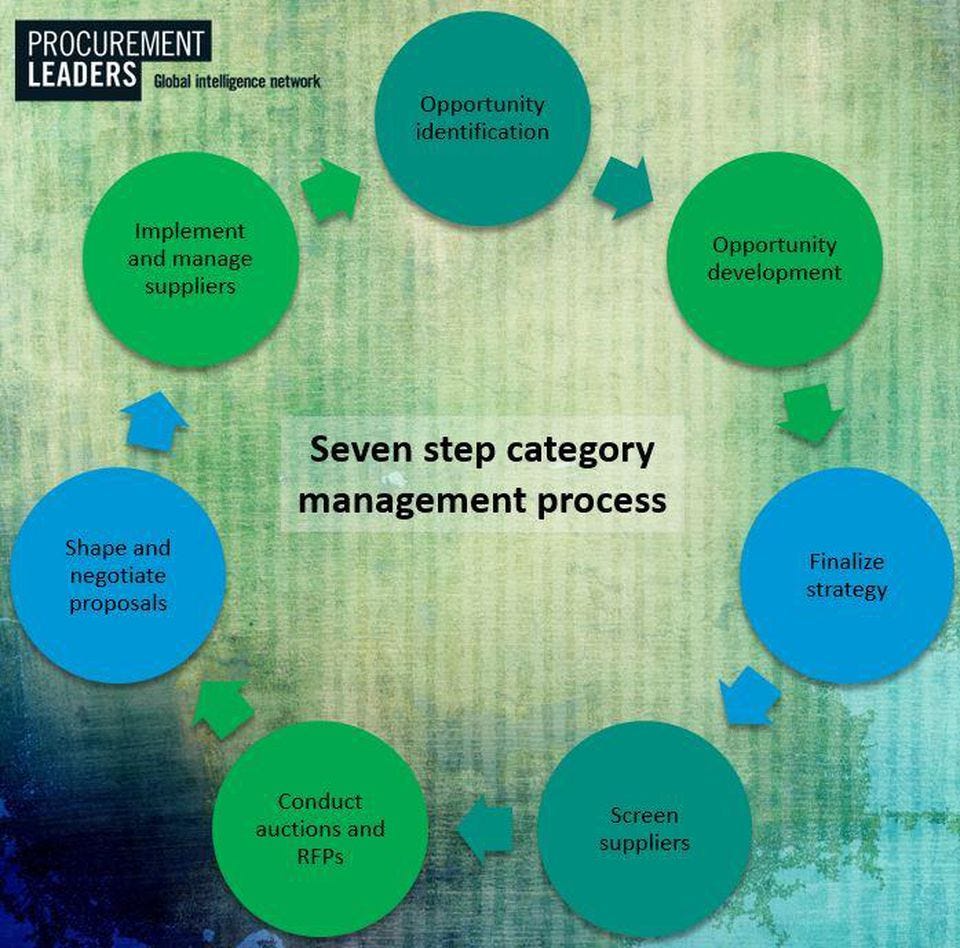Project Procurement vs. Category Management: What's Right For You?
Procurement adds value to an organization in multiple dimensions, and contrary to the common belief about the function of its ability to add value, create savings and turn profits can be rather dynamic.
As to how procurement will add value in an organization lies within defining a scope for the role of a procurement strategy: Long-Term or Short-Term? Strategic or Reactive? Savings-focused or Profit-focused?
Building a procurement team that has the ability to be agile in a mission, whilst remaining unified in a vision, is extremely important. In order to do so, your team needs to distinguish how their individual day-to-day operations are contributing to the overall vision of creating added value in the supply chain. Unify your team by clarifying their roles and leverage individual competencies for the good of the organization.
Project Procurement vs. Category Management
It’s time to locate wins by knowing which process works best, and when it works best!
Project Procurement vs Category Management: What’s right for your Procurement Strategy?
What is Project Procurement?
Project-based procurement is typically utilized when there is a specified project goal to be met within set guidelines of a contractual agreement.
An example of a use case for project procurement or project procurement management would be on a building site. Should a construction company win a contract to build a new bridge, and the build will require specific materials, and components, within a specific timeframe to meet the project agreement there is a good chance that a project procurement manager/management team would be assigned to the task. Especially if desired materials were to be outside of the realm of that procurement team’s existing category structure.
A project procurement manager is responsible for seeing through the project’s completion and therefore expected to have a comprehensive or holistic, understanding and prior experience of a procurement process in its entirety. This person would be responsible for:
- Planning the procurement: gauge risk, schedule, budget, require documentation etc.
- Creating a tendering process: RFI, RFP, RFQ
- Selecting Short-list and Rewarding Contract and communicate expectations to suppliers.
- Monitor the procurement: Due Diligence and Governance; Audits if needed.
- Closing the Contracts with suppliers.
- Evaluate the Procurement and gauge supplier performance.
Because project procurement is entirely based upon the defined scope of the project, the closing of the contracts is a crucial element of project procurement. Though one develops a supplier relationship in the position of project procurement, these are typically not strategic supplier partnerships; as the next project likely would involve an entirely new team in an entirely new location (bestvalueschools.com).
With this being said, during a procurement project’s lifecycle, there is a need for balanced SRM considering that there is a need for harmonization amongst suppliers and coordination within daily activities. Often with suppliers who will only collaborate on the single project at hand.
What is Category Management?
As stated best by Jonathan Webb in his 2015 article in Forbes,
“At its most basic level, Category Management is about bundling items” (Webb 2015).
Organizations with core business rooted in production, manufacturing, retail or resale have high stakeholder demands on procurement teams to cut costs, create savings on bottom-line activities and impact top-line value growth. It’s a double-edged sword that ultimately leads to compromise in the case of the procurement organization, but the utilization and continued development of category management and strategic procurement have opened new doors for procurement teams globally.
Bundling items into categories allow a procurement team to save significantly by allocating their buying within fixed parameters, and bulk agreements with strategic supplier partners. Ultimately, this allows companies to buy cheaper and sink per-unit prices, achieving competitive-edge in the marketplace.
This methodology is mirrored in the shopping experience for a consumer. Upon entering an e-commerce shopping experience, categories of products are clearly defined. Take IKEA for example, furniture Power-House and one of the pioneering organizations of modern-day category management.

Upon entering their landing page, the division of categories is incredibly apparent to the consumer, and this mirrors the way that they procure goods in order to build value for their stakeholders at a reduced/reasonable product cost. At the same time, further deepening the procurement organization’s understanding for the entirety of product’s lifecycle through the marketing and sales.
This is a concept that has been refined throughout the years by great minds like Magnus Carlsson, and the ultimate goal of category management is focused on “ […] clustering and centralizing similar goods into bigger contracts which are easier to administer and lowers prices” (Webb 2015).
But, even if there are less hands-on supplier management and administration required with proper category infrastructure, it raises the question; how are categories managed?
Below is a process developed by Procurement Leaders where they highlight the seven-step category management process.

This process is incredibly similar to that of project procurement, but the main difference is that the process of category management is applied for strategic and long-term value added whereas project procurement is focused on creating short-term wins.
Comparing Apples & Oranges

Project procurement and category management are apples and oranges. They look different, taste different, but when you strip them down to their core, they’re both fruits.
The application of one doesn’t eliminate the potential implementation of the other. They serve different purposes within an overall value chain and should be allocated within a procurement organization accordingly. But, like apples and oranges, both procurement processes can be healthy for your organization. They might just vary in their levels of vitamins and nutrients!
The 2 procurement processes have attributes that differ, and their application or input will consequently create different outcomes. What Kodiak Hub has located as the greatest differentiator between category management and project procurement is the purpose/timeframe for building value, profitability, and organizational wins.
But, before I highlight the main attributes of the two processes in practice, it’s important to explain my reasoning of delving into this subject.
This post is not intended to sway you one way or the other in your thinking, it is not meant to deem a greater and/or a lesser, but rather serve as a reference point for creating value, individual to your business-critical goals and objectives.
Long-Term Value vs. Short-Term Wins
Knowing when and where to implement a project procurement process and/or a category management process is solely dependent upon the desired organizational outcome. The first question you need to ask yourself is:
Is the procurement in question meant to be strategic or reactive?
Category management historically will help your organization focus on long-term value creation, whilst project procurement can be utilized to fill gaps, or fulfill profit-making/monetary agendas (Lynch 2014). For this reason, the desired output is the guiding principle for which process/strategy is best applied.
Below is listed some of the most distinctive attributes of Category Management and Project Procurement:
Category Management Attributes
- Used to simplify demand on a product and take a bigger contract to market (Webb 2015).
- Lowers unit prices for a customer if correctly utilized in strategic procurements.
- Centralizes the purchasing administration, lessens miscommunication with suppliers, streamlines compliance activities.
- Cement a procurement organization and supplier organization in key strategic partnerships, quicker.
- Focused on Long-Term value creation with suppliers and stakeholders.
- Helps to develop a competitive advantage by enhancing information and understanding for particular categories and helps to locate suppliers with key competencies within those category structures.
Project Procurement Attributes
- Applied often in a reactive procurement.
- Focused on short-term wins with monetary payoffs for owners or shareholders.
- Project management capabilities required of project procurement manager or team but can serve as a fantastic crash course for understanding a procurement lifecycle.
- Shorter Supplier relationships and partnerships focused on leveraging competency and cost savings in the short-term or saving time with an expedient tender.
- Developing a sound project procurement process can allow your procurement organization to purchase more efficiently in ad-hoc situations.
As stated above, neither of these processes are mutually exclusive for implementation. Building a dynamic and agile procurement organization starts with having the ground knowledge of what processes you can plug into place when need be.
So, back to the question in the title of this article…
Which of these is right for your Procurement Strategy?
Answer: You be the judge.
Whether Category Management or Project Procurement best suits your needs, we think the article on 5 Advantages With Supplier Relationship Management Software would be of interest!
That was all, see you next week.












